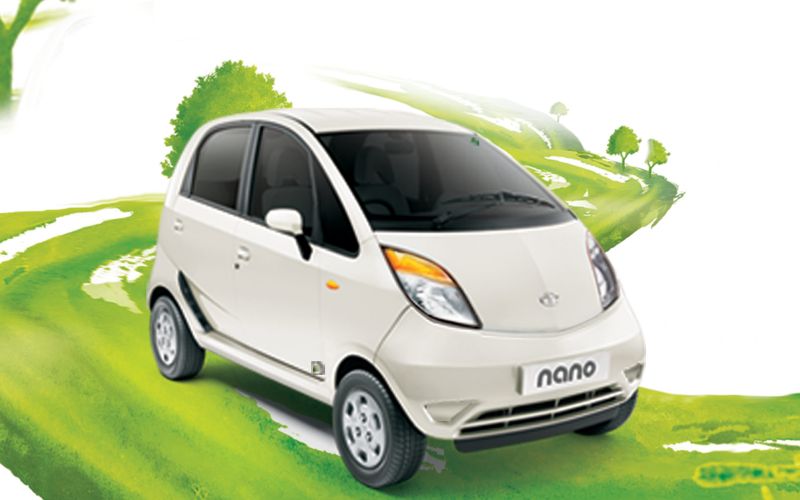
The famed Tata Nano, which made headlines globally for being the moast cost-effective mass-produced car ever, has now been laid to rest.
The Tata Nano was first introduced in 2008 as a budget car aimed to make access to a four-wheeler vehicle easier. Over the years, Tata have tried to make the car more appealing to a larger audience by launching automatic variants and even a facelift version called the Nano Twist, up until the current GenX Nano. The Nano has been a victim of dwindling sales with just one car being produced in June 2018 compared to 275 in June 2017.
The Tata Nano, when first launched, was dubbed by Tata as the ‘people’s car’ but delayed production and questionable safety saw the image of the car suffer and, over the years, with the automotive market in India growing and the demand for cleaner and more efficient cars. Electrification has also become a major player in today’s market. The Tata Nano is powered by a 624-cc two-cylinder motor which initially made 37 PS and 48 Nm, which was then upped to 38 PS and 51 Nm, with the rear-mounted engine sending power to the rear wheels initially through a four-speed manual transmission and, later, through a five-speed automatic.
The Nano had been expected to help the Indian middle-class families move from a motorcycle to a car, a target which Tata didn’t quite manage as well as they’d hoped. While the Nano may be going away, Tata Motors have still not given up on the Nano claiming that they would still make the car on order due to their emotional connection with the product.
A Tata Motors spokesperson stated that, “Nano has been an iconic car reflecting the innovative spirit of the company and its leaders. Decisions on product life cycle is a holistic view taken after considering the market developments, regulations and emerging competitive landscape. Any such decisions are announced as and when it’s taken. Production planning of a car is a conscious management of demand, system inventory and planned efficiencies. Therefore, speculating on the fate of a car based on a month’s production figure is something the company would not like to participate in.”
Story: Sahej Patheja




